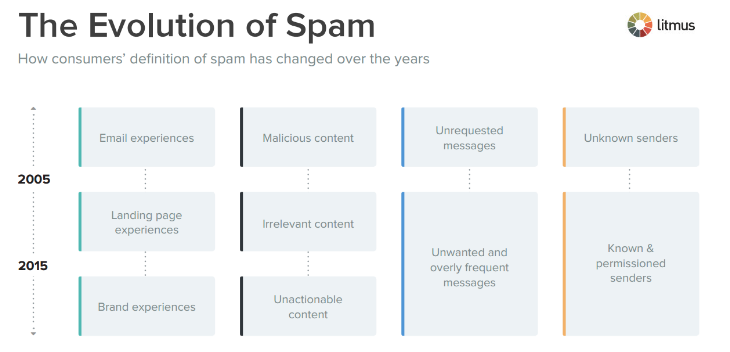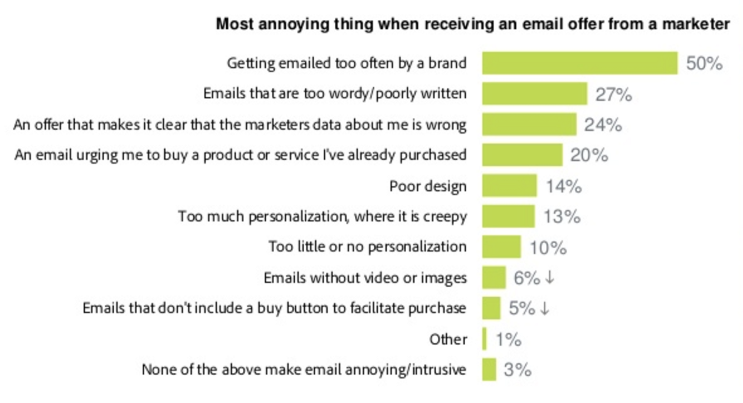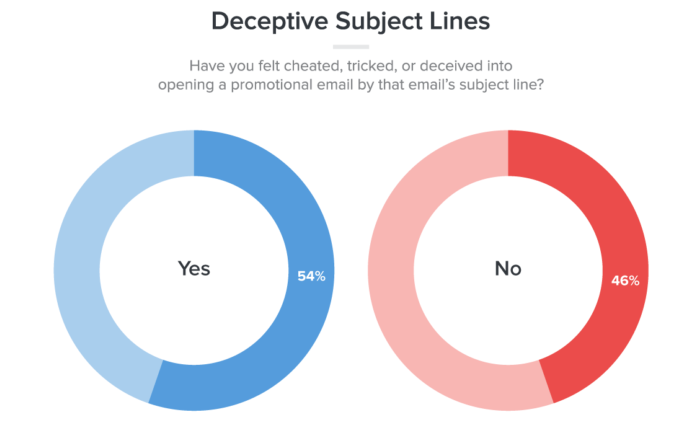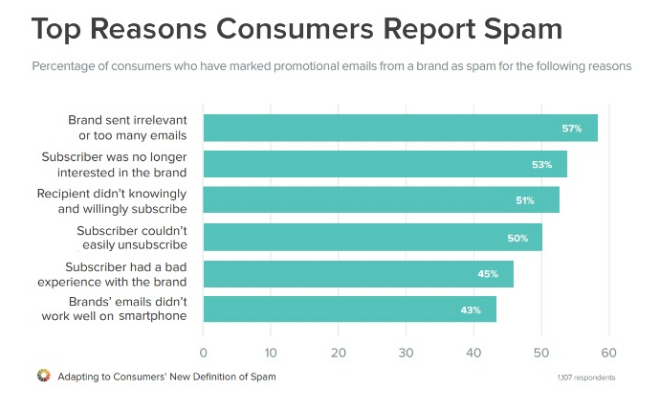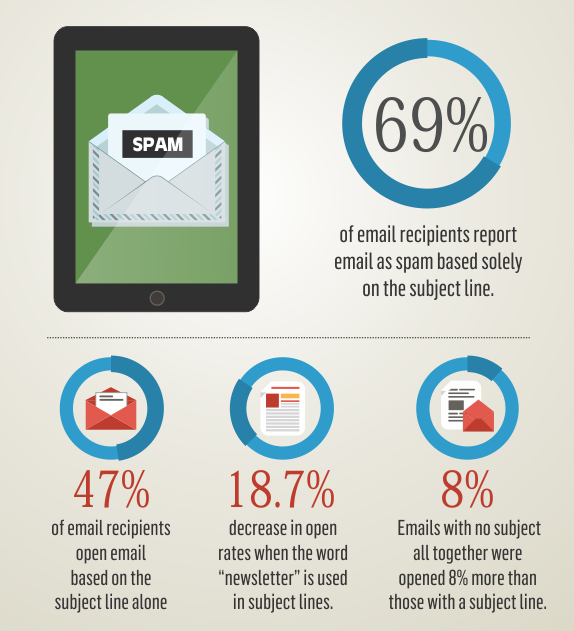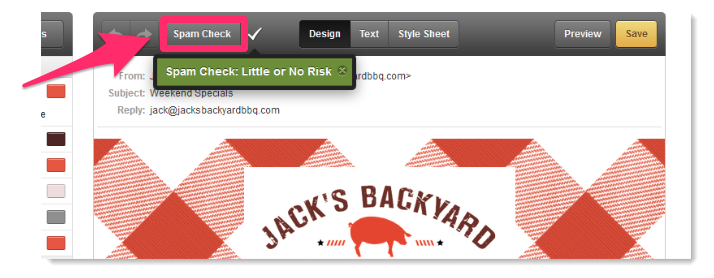Forming an LLC is an exciting accomplishment for any entrepreneur or business owner.
But the work doesn’t end after the initial business formation process. There are certain steps and requirements to maintain your LLC and ensure the LLC remains in good standing with your state.
Once you’ve identified these requirements, it’s relatively easy to maintain your LLC on an ongoing basis—and this guide will teach you how.
What is LLC Maintenance?
After the LLC formation, there are various maintenance requirements to protect your LLC and keep everything in good standing with the state and IRS.
Each state has its own unique rules when it comes to maintaining an LLC. But generally speaking, any requirements, fees, taxes, paperwork, and additional filings are due annually.
While the majority of LLC maintenance is ongoing, you might need to complete a few one-off tasks to ensure compliance and keep everything organized.
The Basics of Maintaining Your LLC
Again, LLC requirements vary from state to state. But we’ll take a closer look at the core components of maintaining your LLC that are fairly common across the board.
Articles of Organization
The articles of organization are a legal component that gets created during the initial LLC formation process. This legal document is formally used to establish limited liability companies at the state level.
Contents of the document include rights, liabilities, duties, obligations, and more for all LLC members (owners).
In many cases, the information on the original articles of organization will stay the same for quite some time. However, there are certain situations when you’ll need to amend the documents and file that amendment with the Secretary of State.
Examples of an event that would require an amendment to the articles of organization include:
- LLC name change
- Registered agent change
- Registered agent address change
- Changing the financial structure and taxation of the LLC
- Changing the management structure of the LLC
Updates to your LLC’s operating agreement typically wouldn’t be required with your amended articles of organization. The operating agreement is more for internal use as opposed to state compliance.
If you’re unsure whether a specific event or action should trigger an amendment to the articles of organization for your LLC, consult with a legal professional who can give you guidance on your state laws.
The official process for amending the articles of organization varies by state, but be prepared to incur a small one-time fee for each occurrence.
Annual Report
Many states require an LLC to file an annual report. In some states, this is known as the statement of information (SOI).
For example, in California, LLCs must file a statement of information using Form LLC-12 with the Secretary of State. The information contains publicly accessible information about your business, like the LLC’s address, member information, and registered agent information.
California requires SOIs to be filed within 90 after the articles of organization have been filed. Then you’ll need to file a new statement of information every two years, regardless of whether or not the information changes.
There is usually a filing fee associated with LLC annual reports or SOIs.
Business Licenses and Permits
Most LLCs require one or more licenses to operate. The exact licenses and permits will vary based on industry and location.
Not all licenses need to be updated on an annual basis. So you need to understand when each permit expires and what the process looks like for renewing each one. Failure to do so will increase the liability for the LLC and potentially land you in some compliance-related trouble.
In some cases, incorrect or expired permits can result in fines or even business foreclosures.
Some common examples of licenses and permits that you’d need to maintain include:
- Liquor licenses
- Health permits
- Zoning and land use permits
- Occupational licenses
- Reseller licenses
- Building permits
There are over 150,000 filing jurisdictions nationwide. In addition to the state requirements, certain cities and counties also have rules regarding different business licenses.
DBAs and Fictitious Business Names
Many LLCs operate under a DBA (doing business as) or a fictitious name.
For example, the name of an LLC might be something like “Francis John Holdings, Limited Liability Company.” But the LLC could operate as “Frank’s Pizza,” or something much simpler.
Typically, DBAs are not indefinite. When they expire, you’ll need to go through a DBA renewal process.
This is usually very straightforward. It’s just a matter of completing the proper paperwork before the name expires and paying any required fees.
The expiration time varies by state. For example, DBAs in Texas must be renewed every ten years. But California requires LLCs using a DBA to renew those names every five years.
Annual Taxes
Paying your taxes in full and on time helps keep your LLC in good standing with the state and IRS.
Depending on how your LLC gets taxed, the business itself might not pay any income taxes. For example, sole proprietors with an LLC can use pass-through taxation to pay business income on their personal tax returns.
However, some states require a minimum LLC tax each year.
For example, all LLCs in Delaware are required to pay a $300 annual tax. California’s minimum annual LLC tax is $800, but that number increases based on the LLC’s income for the year.
Annual LLC Meeting
Unlike a corporation, annual meetings are not officially required for LLCs.
With that said, you should follow whatever procedures have been outlined in your LLC operating agreement. If the operating agreement calls for these meetings, then it’s important for you to hold them.
Even though the state won’t necessarily be checking on this, failure to abide by operating agreements could cause your LLC to lose its liability protection if you’re challenged in court by another member.
3 Tools to Simplify the Way You Maintain Your LLC
Maintaining your LLC alone isn’t always easy. But if you’re using the right tools and resources, the process is much less of a headache.
#1 — ZenBusiness Registered Agent.
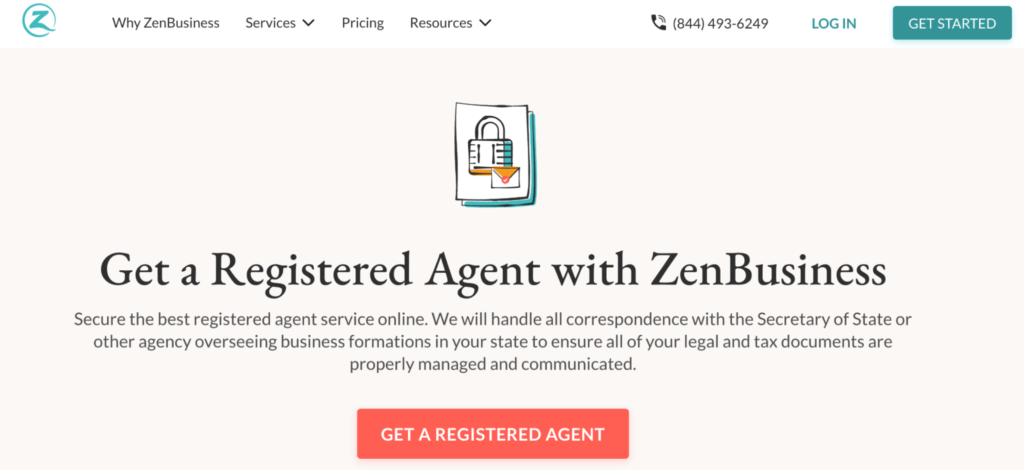
ZenBusiness provides an array of services for business formation, filings, compliance, and more. But when it comes to maintaining your LLC, the ZenBusiness registered agent service will simplify your requirements. There are two packages to choose from, Standard and Complete—starting at $99 and $149 per year.
In addition to the basic functions of a registered agent, ZenBusiness takes this one step further with lots of extras. All of your LLC files and legal documentation gets stored in an online dashboard, allowing you to view, print, or download them at any time. The ZenBusiness team also handles all ongoing state filings, including an annual report. You’ll also benefit from two annual amendments to ensure your LLC remains in good standing, even if you need to change information.
#2 — Northwest Registered Agent
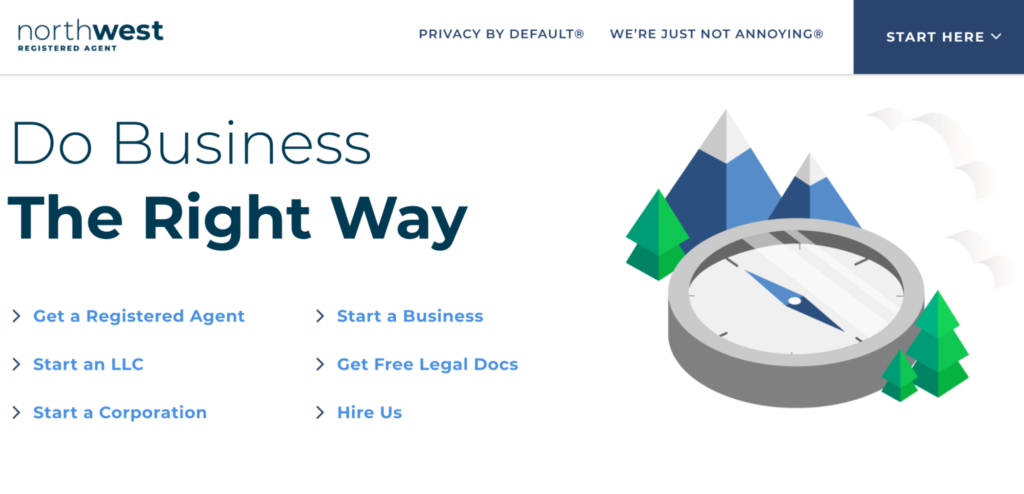
Northwest Registered Agent is one of the most reputable and reliable registered agent services in existence. Their customer service is second to none, making them a top choice for any business owner that needs assistance maintaining an LLC. They provide dozens of free legal forms for LLCs, including articles of organization, operating agreement, meeting minutes, resolutions, articles of amendment, capital contributions, and more—all of which makes it easy to stay compliant.
With Northwest Registered Agent, you’ll benefit from a corporate guide to help you navigate the waters of different state and local requirements. They provide pre-filled state forms, annual report reminders, and phone support with qualified agents. This exceptional registered agent service for LLCs starts at just $125 per year.
#3 — Incfile
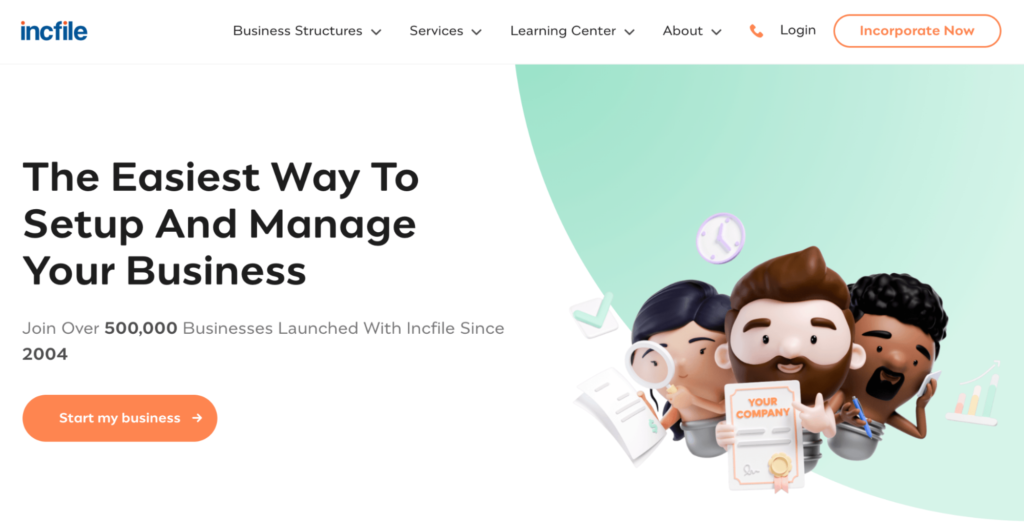
While Incfile is best known for its business formation services, it also provides extensive resources and services beyond the initial LLC filing. They allow you to obtain a certificate of good standing from the Secretary of State to show that your LLC is registered and officially authorized to operate in your state of formation. This document is often required to obtain certain business licenses that you need for maintaining your LLC.
Furthermore, Incfile offers a wide array of additional LLC compliance services. You can use them for annual LLC reports, business license searches, DBAs, fictitious names, IRS filings, registered agent services, and more. The registered agent service starts at just $119 per year, and it’s free for one year if you register your LLC with Incfile.
3 Tricks For Maintaining Your LLC
Maintaining your LLC doesn’t need to be complicated. The following quick tricks and best practices will make your life much easier, so you can sleep easy at night knowing your LLC is in good standing.
Trick #1: Use a Registered Agent Service
Each state requires LLCs to maintain a registered agent. Technically, you could do this on your own—but we strongly advise against that.
The primary purpose of a registered agent is to receive government correspondence, service of process, and compliance-related documentation on behalf of your LLC. But if you’re using a registered agent service, you’ll typically benefit from much more than the basics.
The best registered agents will help you remain compliant and ensure that all of your LLC paperwork is up to date with your state. They might handle the majority of the paperwork on your behalf with pre-filled state forms. Some registered agents will remind you of upcoming annual reports, fees, and other requirements.
If you use a registered agent service, like the tools listed earlier in this guide, it will make everything easier as you maintain your LLC.
Trick #2: Separate Business and Personal Expenses
This is a common problem for newly registered LLCs, especially for sole proprietors and single-member LLCs.
States don’t legally require you to open a business bank account. But this is something that you should do immediately after registering your LLC.
Even if you’re not doing anything wrong or illegal, the idea of using one account for business and personal transactions is a big no-no in the eyes of the IRS. If you’re ever audited, you’d be heavily scrutinized for this.
Additionally, you could lose the liability protection of your LLC if you’re mixing business and personal accounts. To avoid this, just open a business checking account as soon as possible.
Once you have an EIN and a business name, most banks will let you apply.
Trick #3: Keep All Required Documentation in a Safe Place
Maintaining your LLC is all about staying organized. If you’ve got paperwork, documents, licenses, and everything else all over the place, proper maintenance will be a challenge.
Your principal place of business or main office should include copies of the following documents:
- LLC articles of organization (and any amendments)
- LLC operating agreement (and any amendments)
- Full list of each LLC member, including their last known address, contribution, and shares
- Copy of EIN confirmation letter
- LLC meeting minutes (if required in the operating agreement)
- All copies of financial statements and tax records
- All business licenses and permits
In addition to physical copies of these documents, you could also keep them online in cloud storage for safekeeping.
Quick and easy access to these documents will simplify things as you take the required steps to maintain your LLC.
What to Do Next
Now that you understand what it takes to maintain your LLC, you should consider a couple of other things. Here at Quick Sprout, our team has put together tons of resources and useful pieces of information for business owners and entrepreneurs.
In addition to opening a business checking account, you should also get a separate credit card for your LLC expenses. Again, this will make it much easier for you to separate your personal and business financials. For some guidance and more information, check out our list of the best credit cards for startups.
As we’ve mentioned several times throughout this guide, the exact requirements for maintaining your LLC will depend on your specific state. So it’s in your best interest to consult with a business attorney if you have questions, concerns, or need some direction on what exactly is required. Instead of spending a fortune on a traditional lawyer, you should be able to get the right assistance using an online legal service.
from Quick Sprout https://ift.tt/3jaFzz6
via IFTTT






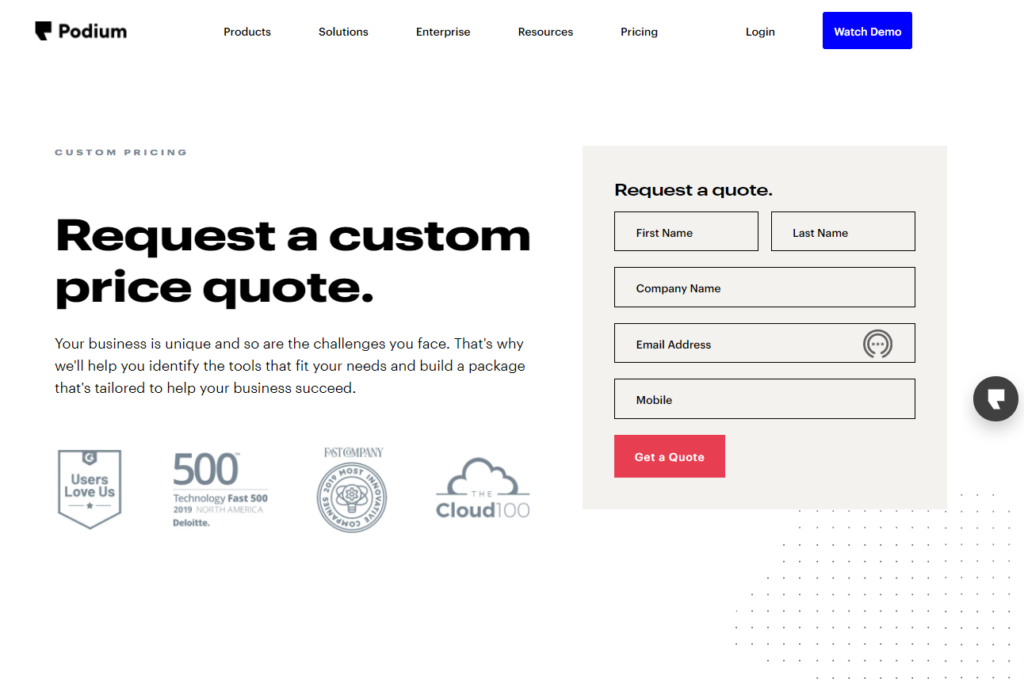
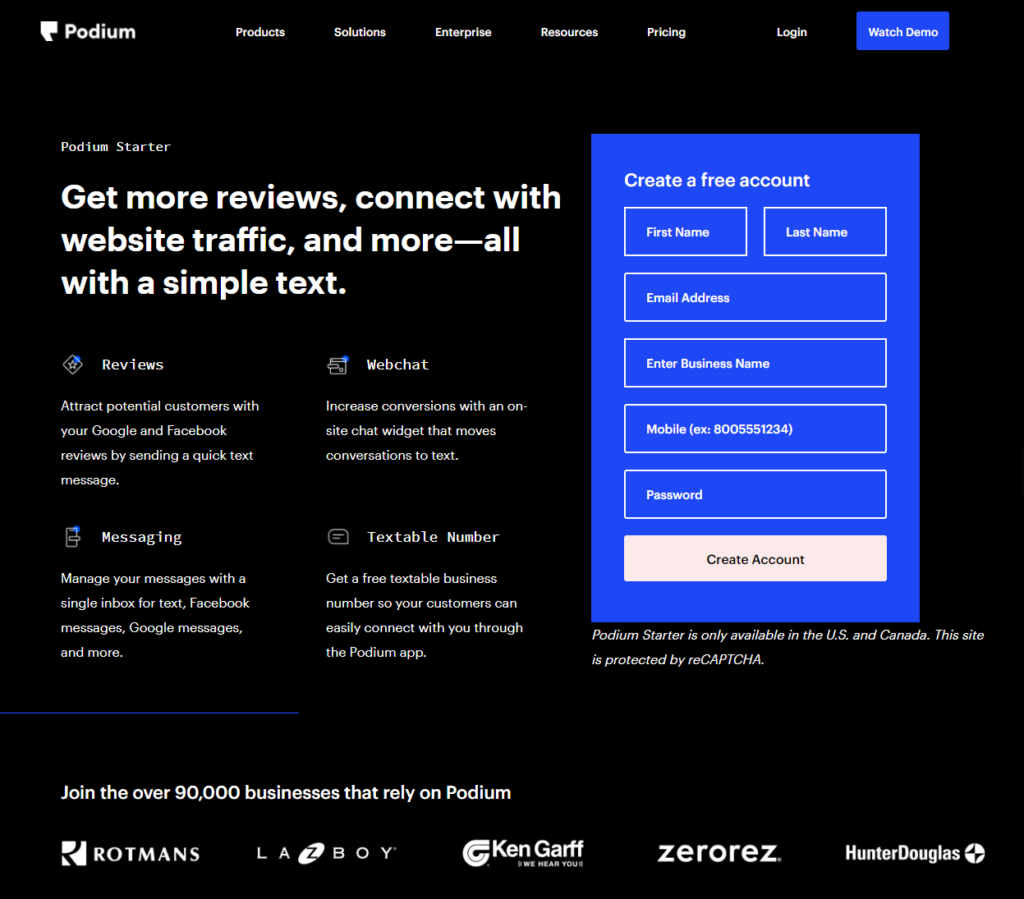
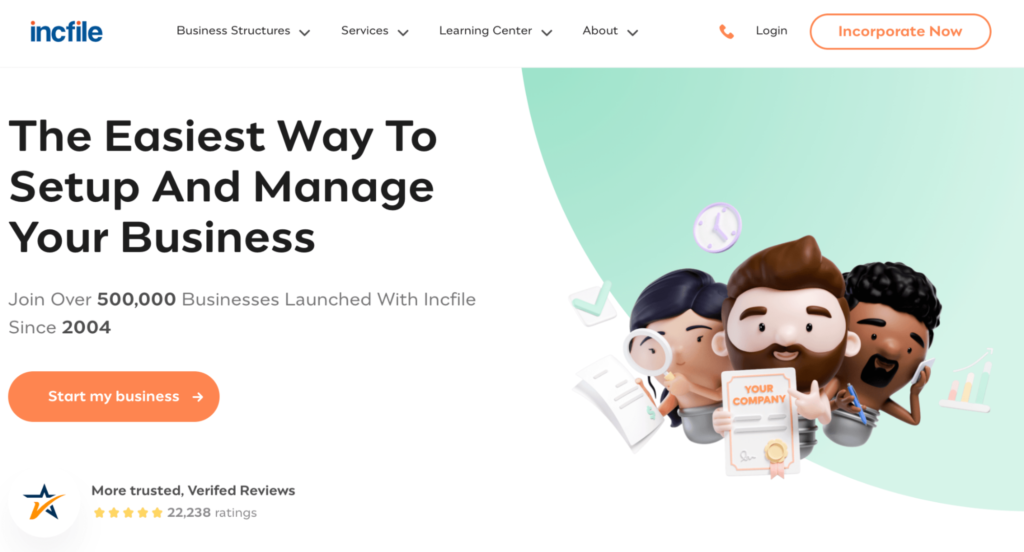
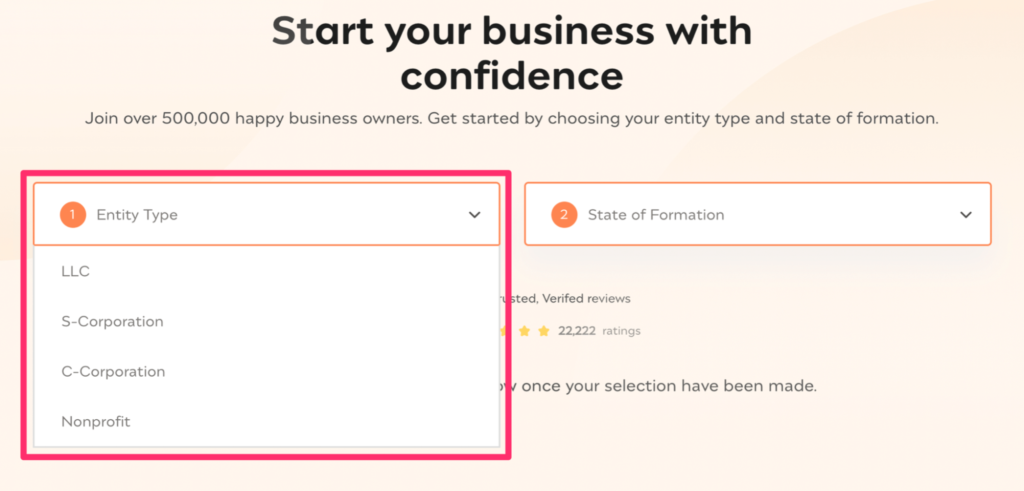
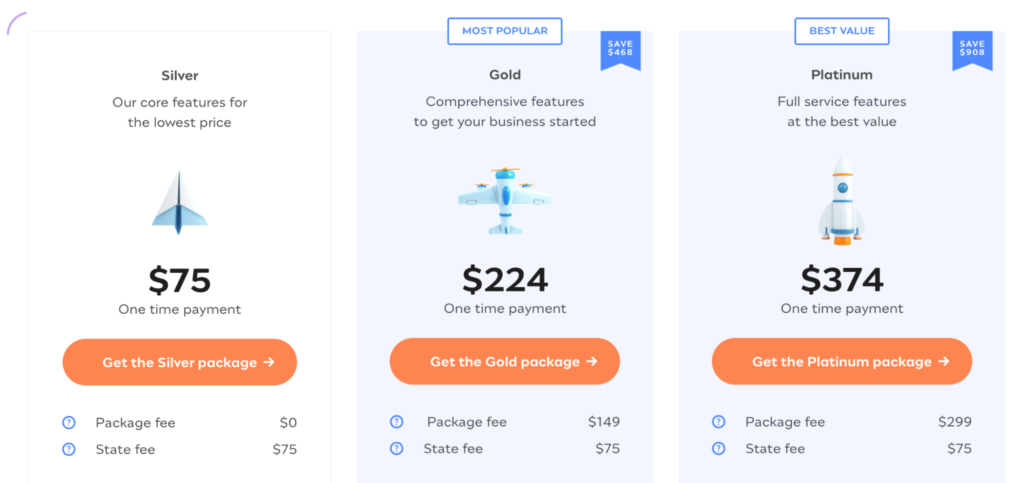
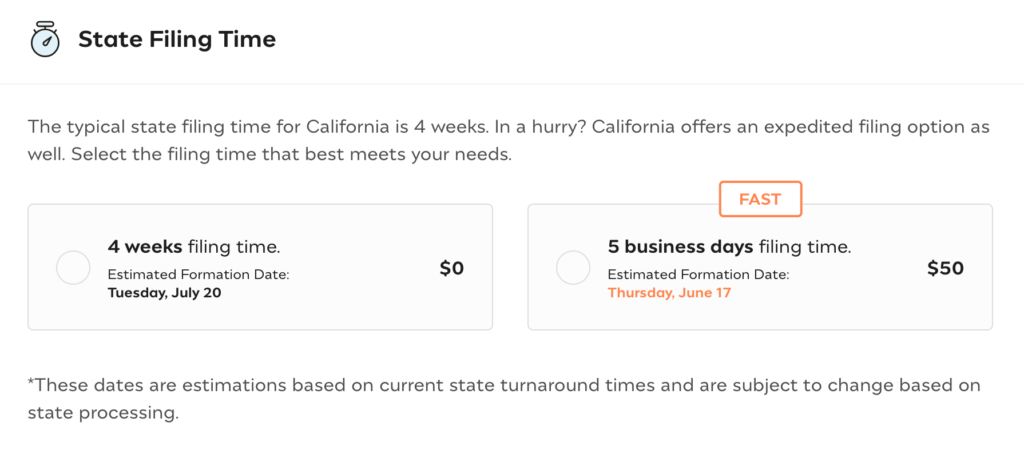
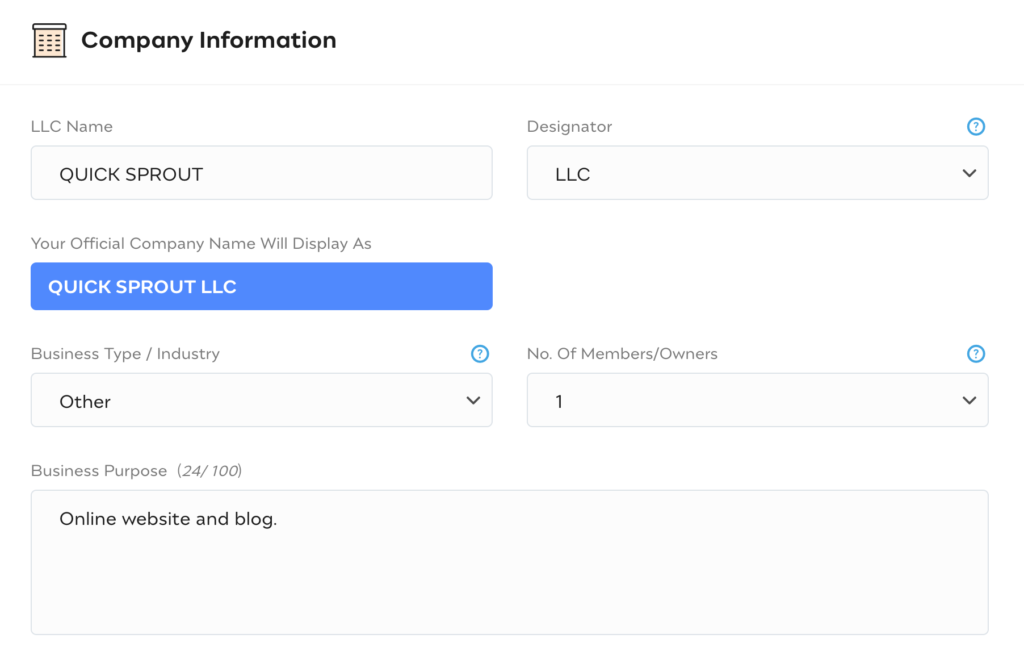
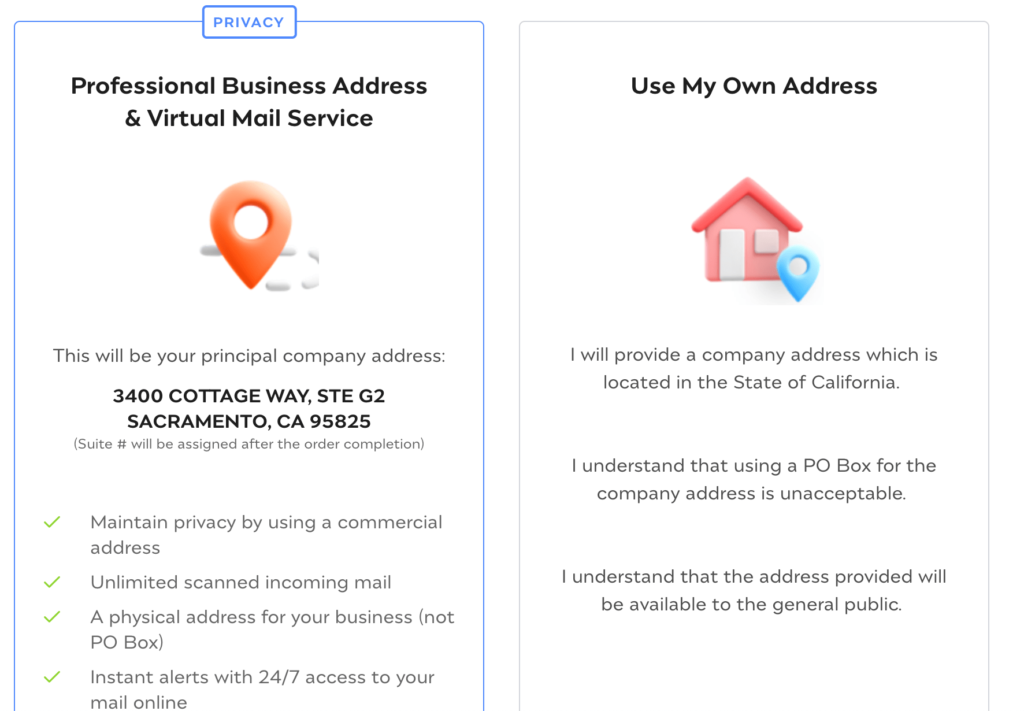
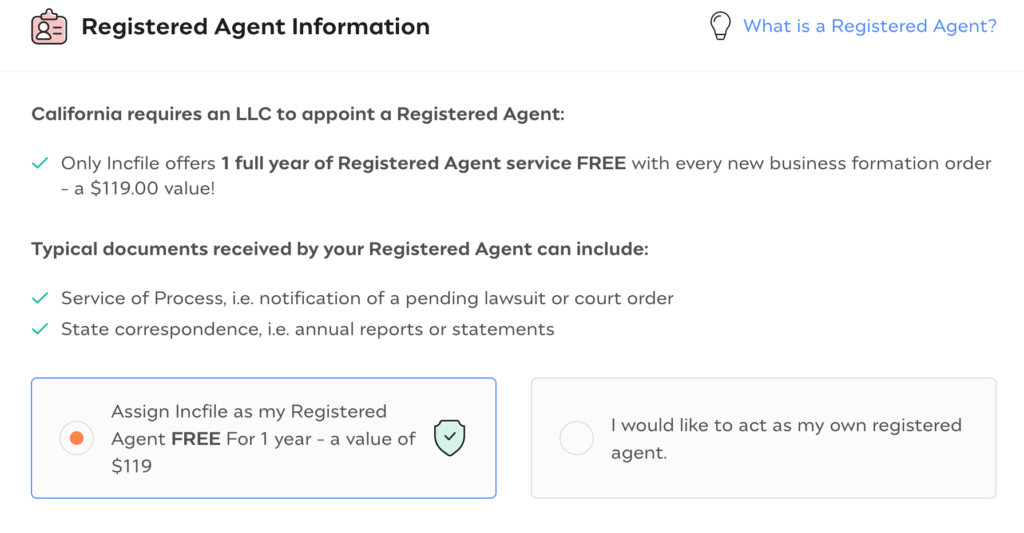
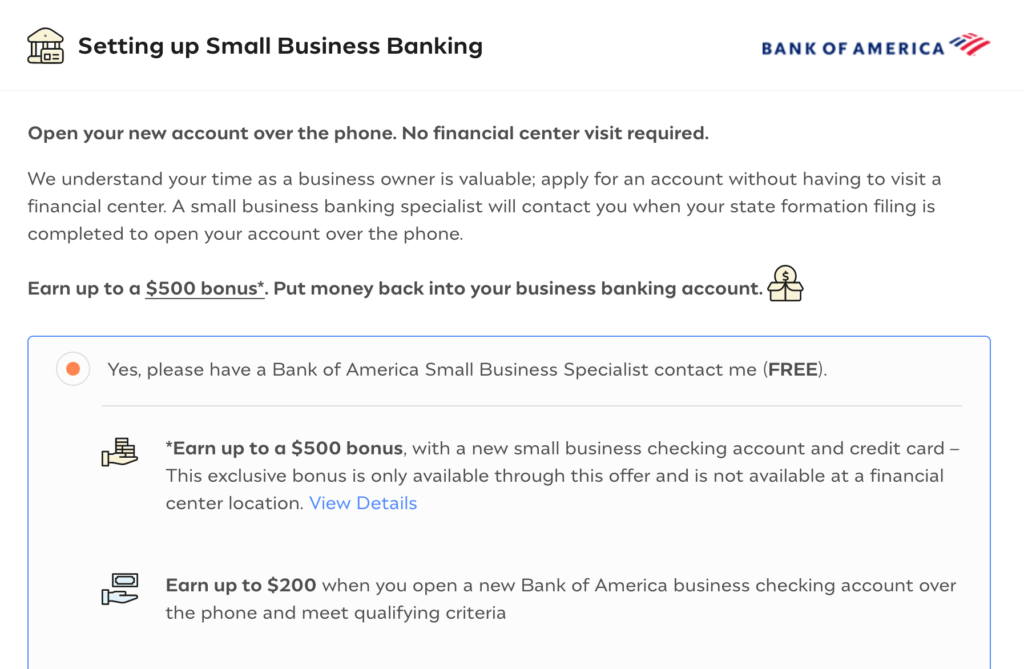






 In this episode of the
In this episode of the 
